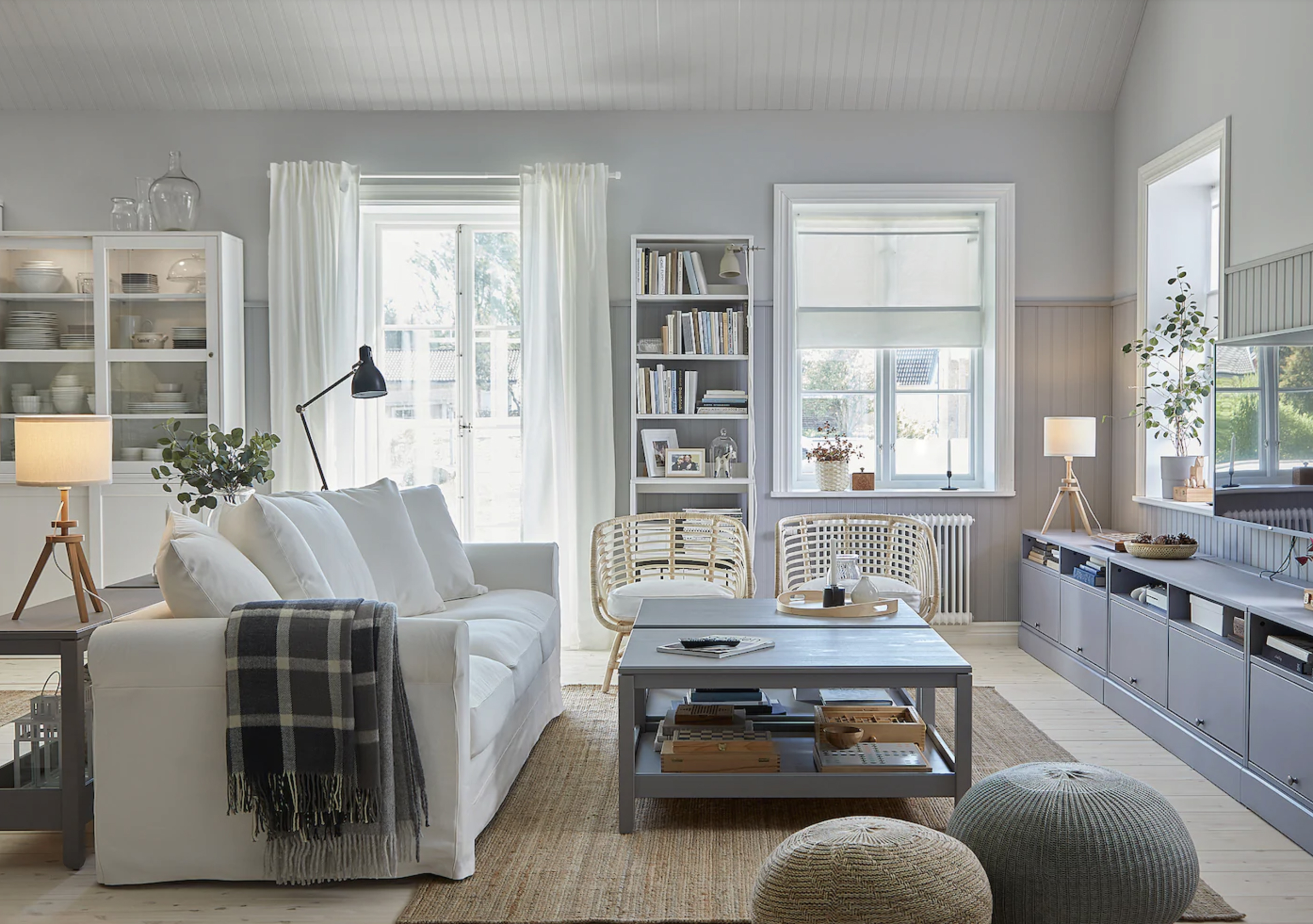
Nishaa Sharma
Swedish Death Cleaning, which comes from the Swedish word döstädning, might be giving the KonMari method by Marie Kondo a run for its money. But TBH, the name alone is more than enough to intimidate someone out of giving this decluttering method a try. I promise though, it’s actually so effective and not as scary as you think.
A big life change doesn’t have to be a death, and for those of us who are just getting started in our adult lives, it likely looks more like moving out of our parents’ homes, getting a first apartment, or moving in with a significant other. If you’re at all feeling the pull towards decluttering your life or a minimalist philosophy, it might be time to try this method out.
Scroll on as we break down exactly what this process is, how to do it, and some helpful tips if you’re incorporating Swedish Death Cleaning into your cleaning and organization techniques:
Swedish Death Cleaning 101
What is Swedish Death Cleaning?
Based on Swedish artist and writer Margareta Magnusson's book The Gentle Art of Swedish Death Cleaning, this method for clearing and organizing your living space is useful for anyone struggling with clutter and letting go of things.
And although it has painful beginnings, she emphasizes that Swedish Death Cleaning doesn’t have to be a sad thing.
Magnusson explains she came up with the method after the loss of her mother and husband, as going through her loved ones’ possessions while also grieving their loss was extremely difficult and emotionally draining (something I’m sure many of us can relate to after the loss of someone we love).
In some ways, Swedish Death Cleaning is similar to Marie Kondo's tidying up technique. Unlike Marie Kondo, though, Magnusson advocates thinking about your things not only in terms of how they make you feel currently but also how they might make your loved ones (and your future self) feel.
Who is Swedish Death Cleaning for?
Although Magnusson mainly speaks to those over 50, if you’re into the minimalist vibe — no matter how old you are — this method is for you.
A big part of Magnusson's approach is accepting that you don't need to keep things in order to preserve a memory, because memories exist independently of material things. It’s a process rooted in compassion and mindfulness, taking the time to consider what each item in your space means to you and what emotions it might carry.
“One’s own pleasure, and the chance to find meaning and memory, is the most important thing,” Magnusson says in her book. “It is a delight to go through things and remember their worth. And if you don’t remember why a thing has meaning or why you kept it, it has no worth, and it will be easier for you to part with.”
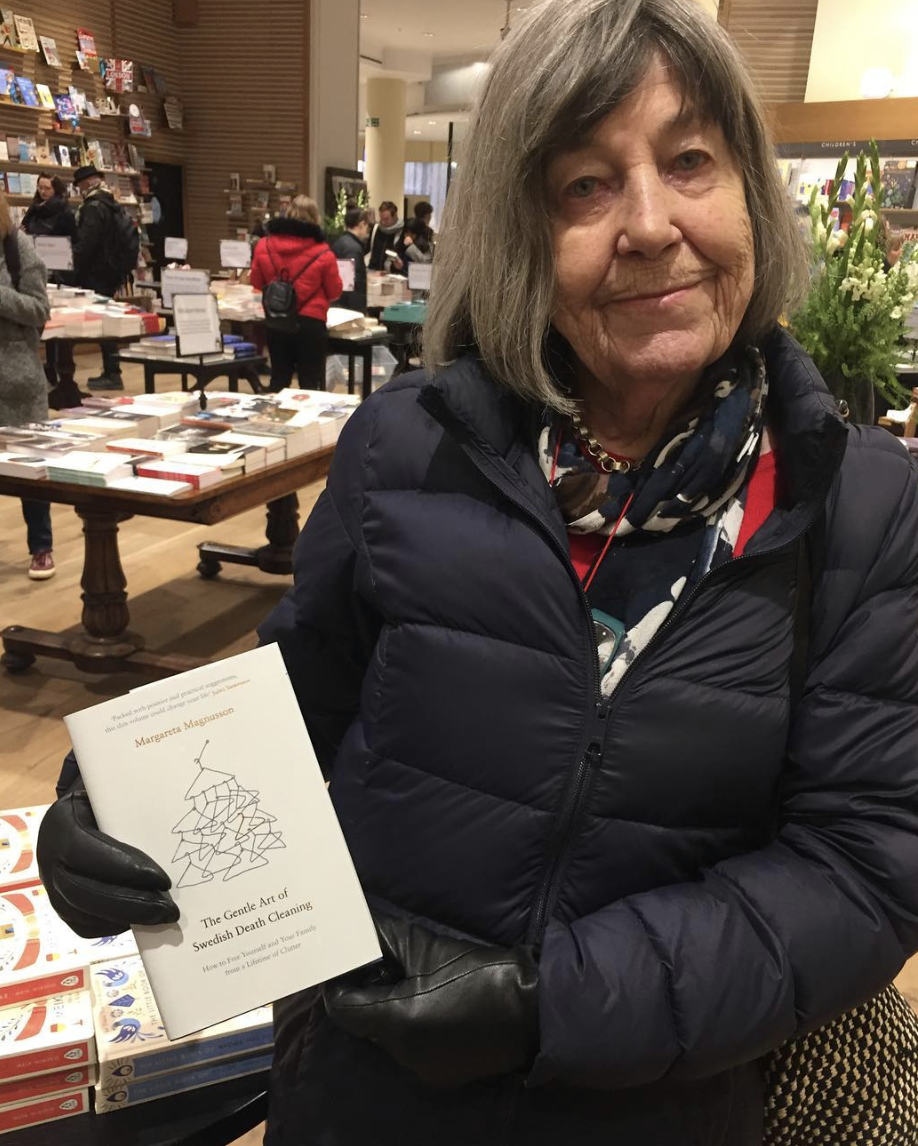
Margareta Magnusson with her book, The Gentle Art of Swedish Death Cleaning
Let's talk about the death thing
Okay, so by the name, Swedish Death Cleaning doesn’t exactly sound like fun. But Magnusson says to think of it as a way of streamlining your life, which can be majorly beneficial to your future self.
It’s not so much about thinking about your own death or the loss of a loved one, but rather changing your approach to accumulating more and more stuff every year.
And if it does make you feel a little down, make sure to treat yourself afterward to some life-affirming self-care, like a hot girl walk, baking, or a bubble bath and face mask — just not another shopping trip!
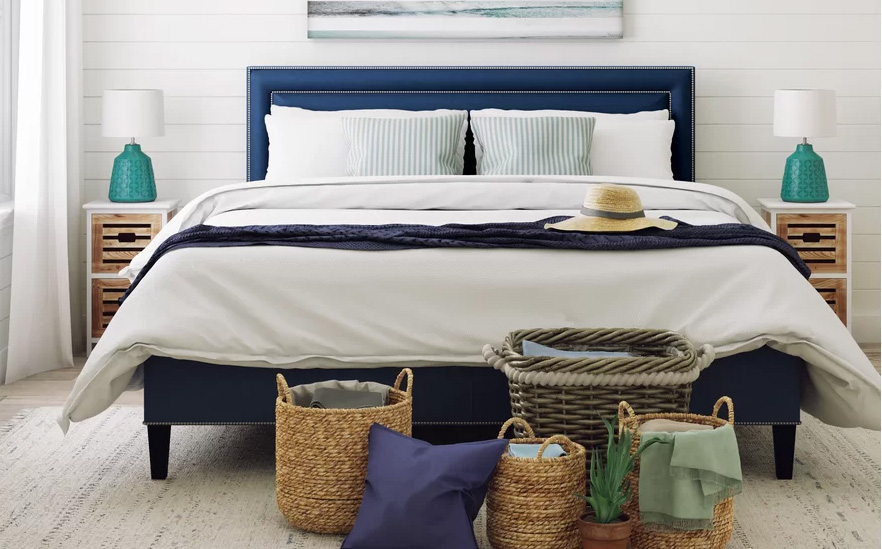
How to do Swedish Death Cleaning
Build a step-by-step
Start by creating a Death Cleaning to-do list, organized by types of belongings and in order of easiest to hardest to go through. We’re not talking about the physical heavy lifting here — you’ll want to work your way up to the things that will be most emotional to look through and part with. Here’s the order we’d recommend working in:
- Start with what you can’t see: If you have under-bed storage or above-the-closet cubbies that are full of forgotten belongings, chances are you won’t miss anything there. This is the best place to start, as you’ve probably hidden these items away for a reason.
- Clean out your clothes: For most people, clothes are also pretty easy to part with. So it's no wonder Marie Kondo also advocates beginning with clothing. Donating your things will make getting rid of them easier, as you will know that they will bring joy to someone else.
While all your clothes are out, it’s also a prime time to get your dresser and closet organized. There are plenty of clothes storage ideas our there and fabulous closet organizers to boot. If you want tidy drawers, it's probably worth learning how to fold clothes like Marie Kondo.
- Go through the personal stuff last: This is likely to be the hardest category of things to go through — in fact, even Magnusson was unable to let go of some letters and photographs. It’s important to be kind to yourself through this process and take as much time for self-care as you need.
Connect with your family
Don’t get me wrong, I’m not saying to call your parents or siblings and grill them on which of your belongings they’d want if you died, but Swedish Death Cleaning can definitely give the opportunity to have conversations about the items you might have given sentimental value to on their behalf.
I’m by far the most sentimental person in my family, and having honest conversations with my loved ones really helped me to realize I was holding onto possessions for them and giving items more value than they actually would have to the people around me.
Does your dad actually care about your high school honors society certificate? Would your little sister really want to wear your old prom dress? For mine, the answer was a definitive "ew no, burn it," so that made the keep vs get rid of decision pretty straightforward.
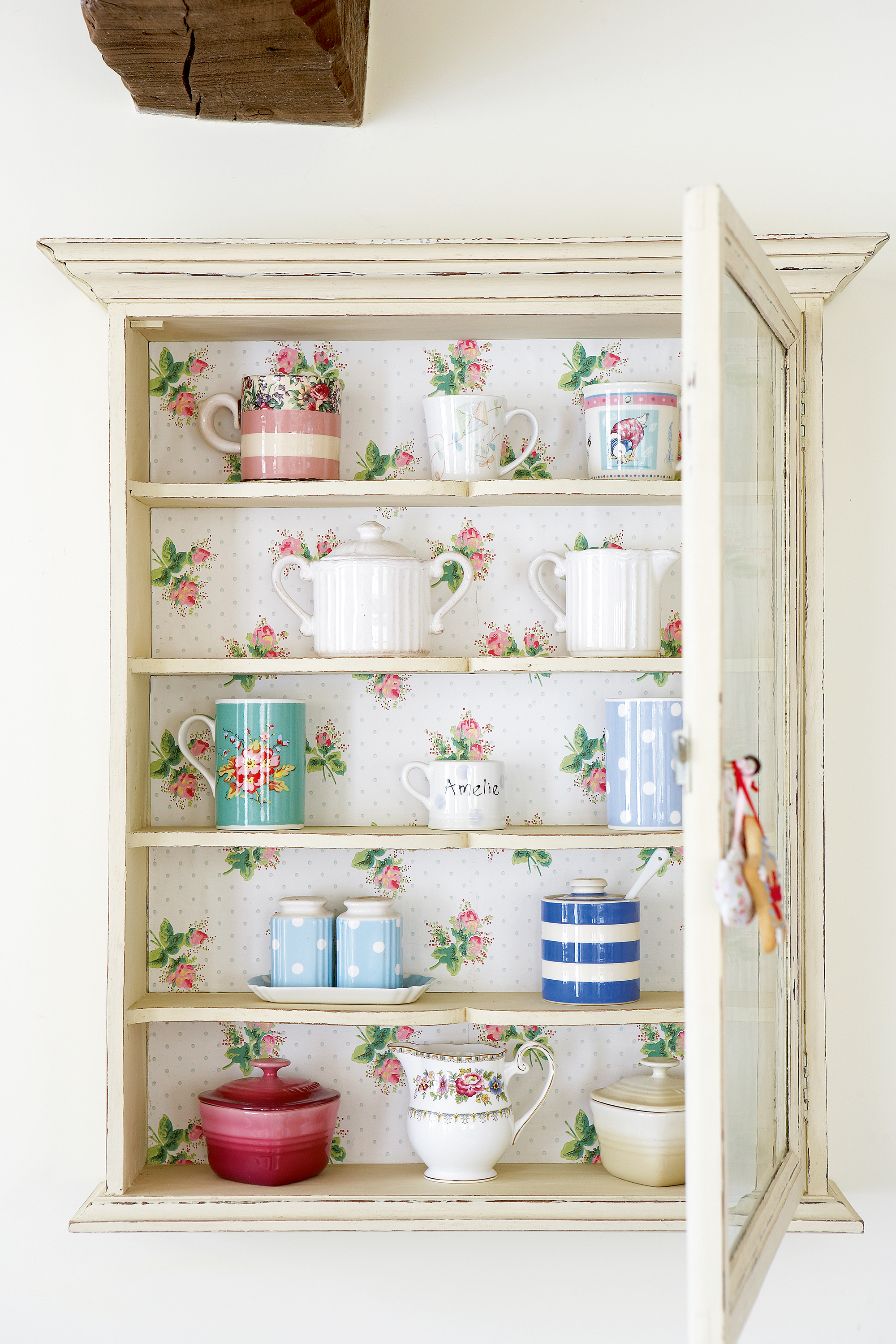
Give your things away as gifts
If your friends and family members are anything like mine, they probably love to give not-so-subtle hints about the things they like and might want from your personal collection. Once you’re tuned in, you’ll find plenty of gifting opportunities throughout the year and can keep the decluttering process ongoing.
For example, if you have an aunt with a favorite mug she always drinks from at your apartment that you never use, or your sister is always asking to borrow your favorite going out ‘fit and your post-lockdown self is more of a homebody, just surprise her next time and let her keep it!
Plus, going through and gifting old belongings can also start really sweet conversations about your family’s favorite memories, and you might end up hearing new stories about your relatives that'll blow your mind.
Don't forget about digital
It goes without saying that social media and the digital world also play a huge role in our mental clutter. So the Swedish Death Cleaning process is a great opportunity to clear out photos of exes, messy nights out, all those screenshotted text convos, and anything on your phone or device that makes you feel a little icky when you see it.
It’s also ideal to take advantage of your phone’s password saving capabilities, and make a hard copy list of passwords if you’re feeling a little old-school or know your loved ones won’t remember your phone’s passcode. And as a bonus, you’ll also have your own record of every password. Just be sure to keep it regularly updated!
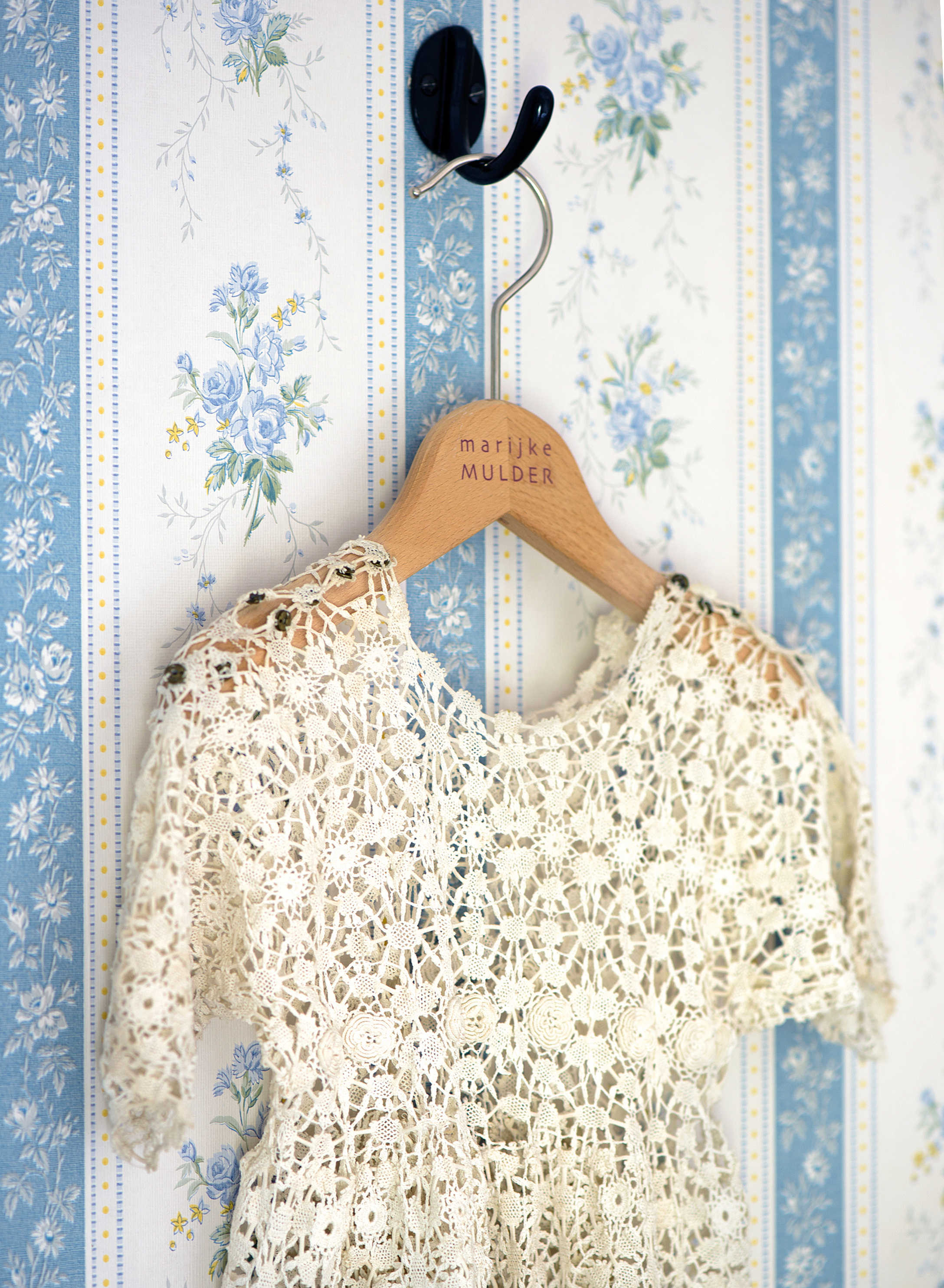
FAQs
How long does Swedish Death Cleaning take?
This isn’t a project you can finish over the weekend. It’s more of a mindset shift, and a gradual process you gently approach over time. The end result of Swedish Death Cleaning should be a lasting change to how you organize your life and your home, rather than short bursts of decluttering followed by buying more things you don't really need.
And don’t worry, you don’t have to be a cleaning or organization pro to incorporate the Swedish Death Cleaning philosophies in your life.
“Death Cleaning is not about dusting or mopping up,” Magnusson told The Chronicle. “It is about a permanent form of organization that makes your everyday life run more smoothly.”
Is Swedish Death Cleaning all about dying?
Definitely not! Even Magnusson mentions in her book that this mindset is for anyone of any age (and death doesn't need to be part of it). While death helps you kickstart thinking about your belongings, if you distill it down, this cleaning methodology is really just about paring down what you own and freeing you and your apartment or home of unnecessary clutter that can be bringing you down emotionally and physically.
What does death cleaning have in common with Marie Kondo?
Swedish Death Cleaning and its mentality may feel like the opposite of the joy-sparking Marie Kondo method, but they’re actually both focused on the same thing: creating space to enjoy what matters most without physical or mental clutter.
Swedish Death Cleaning just takes a more future-based approach. As I’ve started to adopt this method in my own decluttering, I look at it as a second step. First, I Kondo it up and ask myself if the item currently sparks joy, and if the answer isn’t a solid yes, I consider if I’ve used it in the past year, if I’d pack it on an extended trip away, and if I’d still want it if I was packing up and moving. If it's still not a yes, I finally think about if any of my loved ones would really value having the item, before most likely putting it in the pile to donate.
Join our newsletter
Get small space home decor ideas, celeb inspiration, DIY tips and more, straight to your inbox!
Anna is a professional writer with many years of experience. She has a passion for contemporary home decor and gardening. She covers a range of topics, from practical advice to interior and garden design.
- Nishaa SharmaFreelance social media editor
-
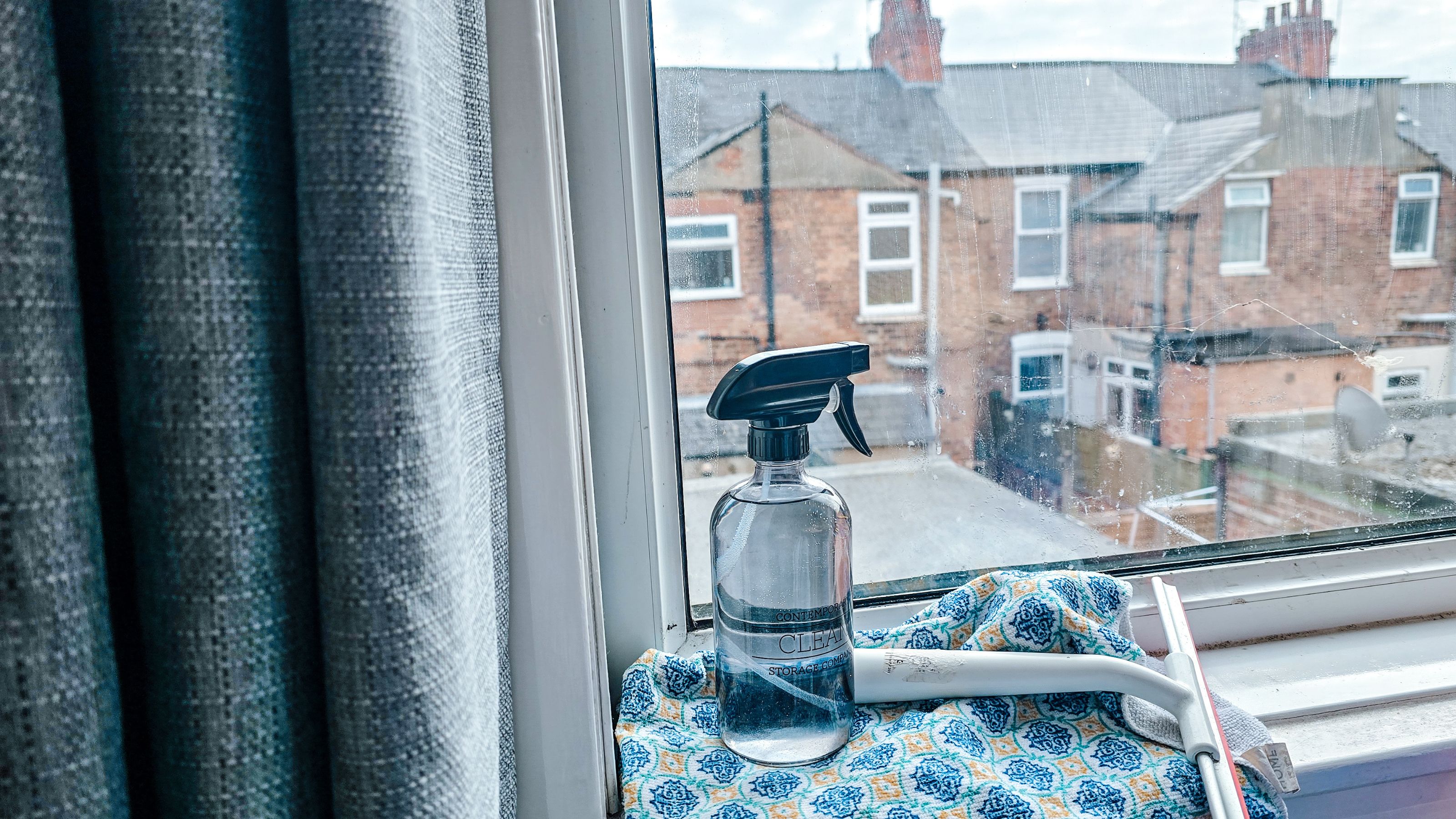 How to clean windows without streaks — 5 easy steps that cleaning pros always follow
How to clean windows without streaks — 5 easy steps that cleaning pros always followThis method on how to clean windows is favored by professional cleaners. We've asked them for the steps you should follow, plus picked cleaning buys
By Eve Smallman
-
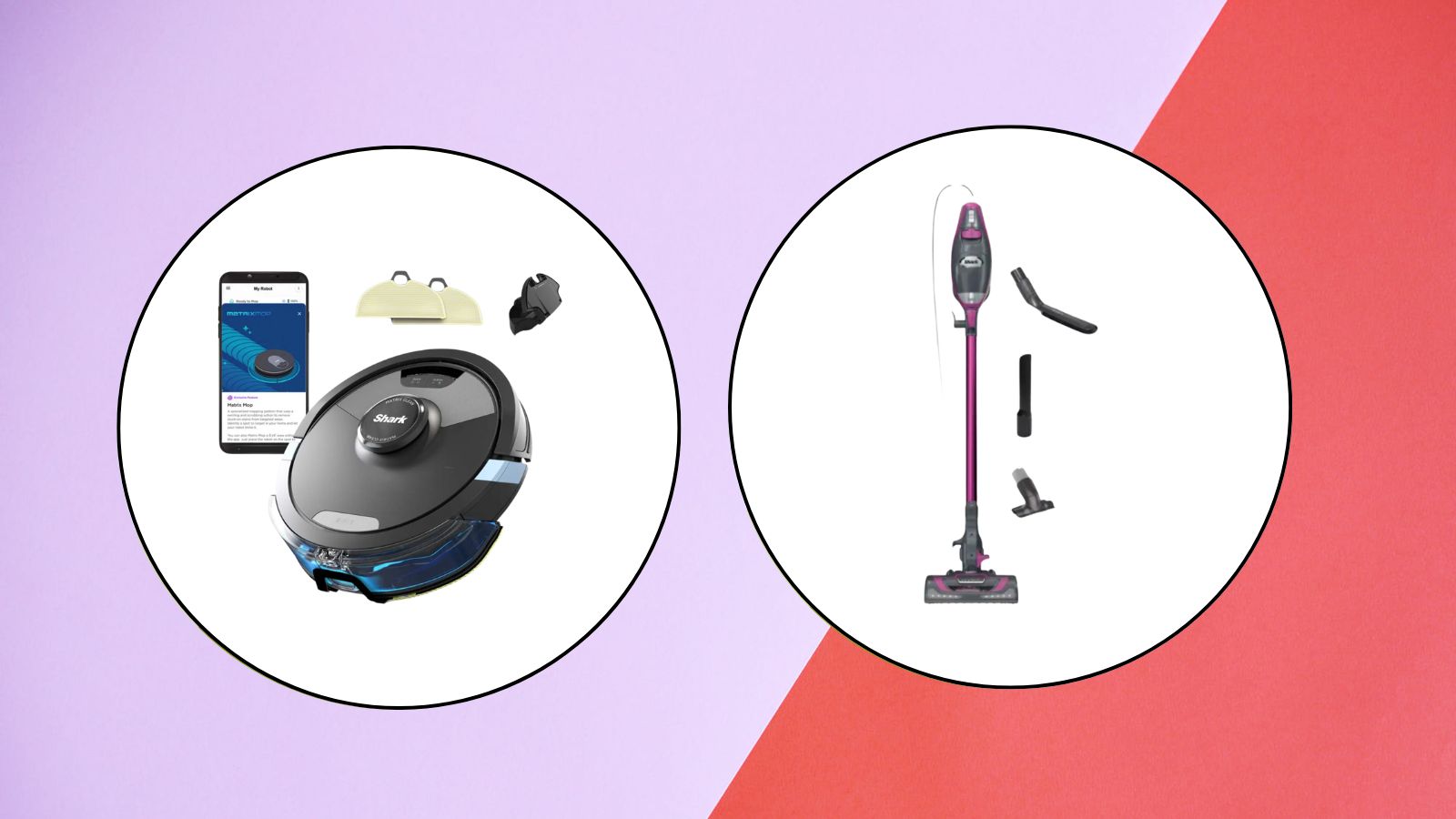 The latest Shark sale deals are perfect for pollen-proofing your home — with up to $150 off our favorite vacuums
The latest Shark sale deals are perfect for pollen-proofing your home — with up to $150 off our favorite vacuumsWe found the latest Shark sale deals on vacuums that are sure to be swooped up, especially as spring blooms trigger pollen allergies and we're in need of extra cleaning
By Danielle Valente
-
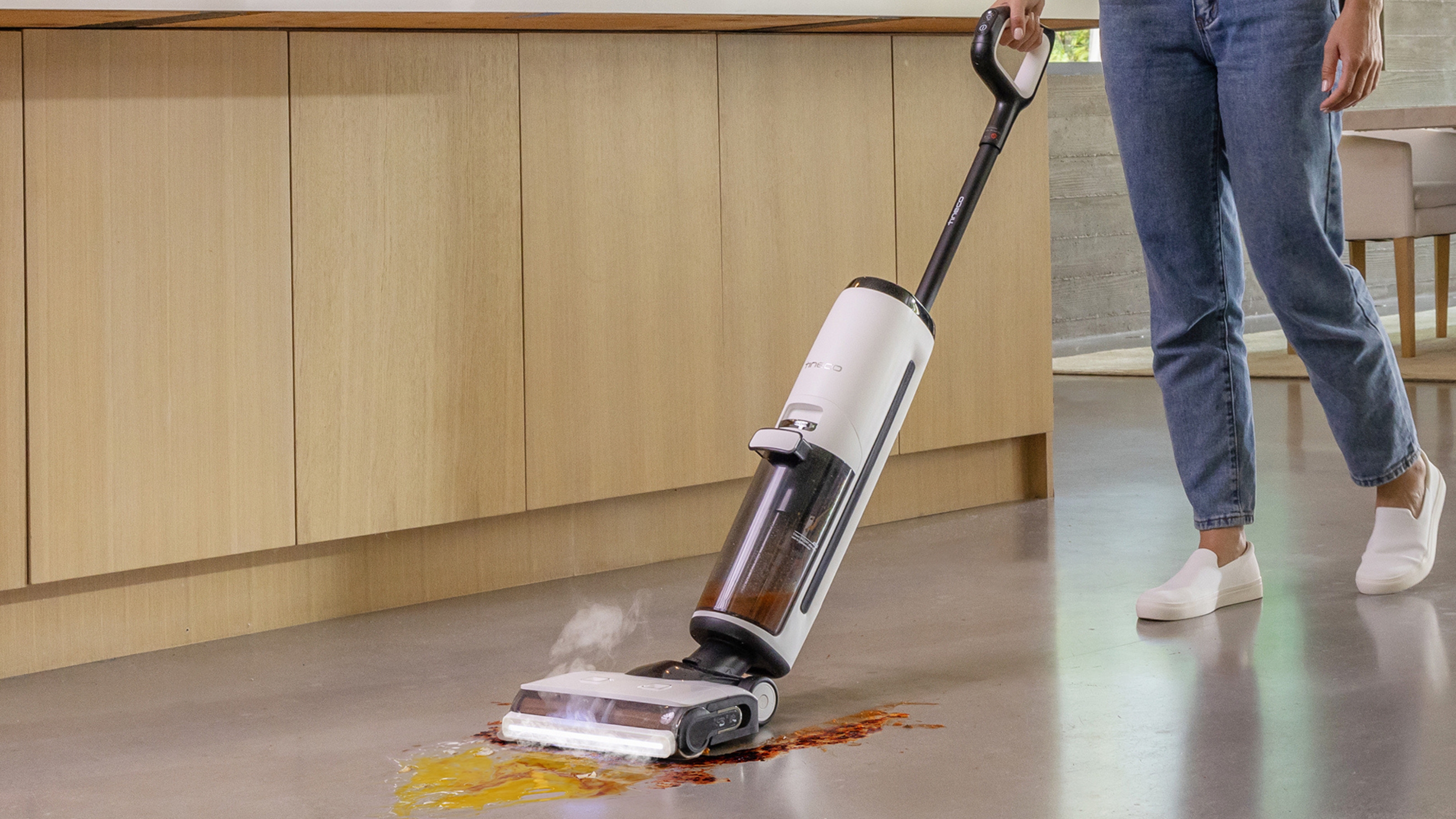
 Tineco Floor One S7 steam wet-dry vacuum review — spotless floors with minimal effort
Tineco Floor One S7 steam wet-dry vacuum review — spotless floors with minimal effortOur contributing editor, Camryn Rabideau, tests the Tineco Floor One S7 steam wet-dry vacuum in her New England homestead property
By Camryn Rabideau
-
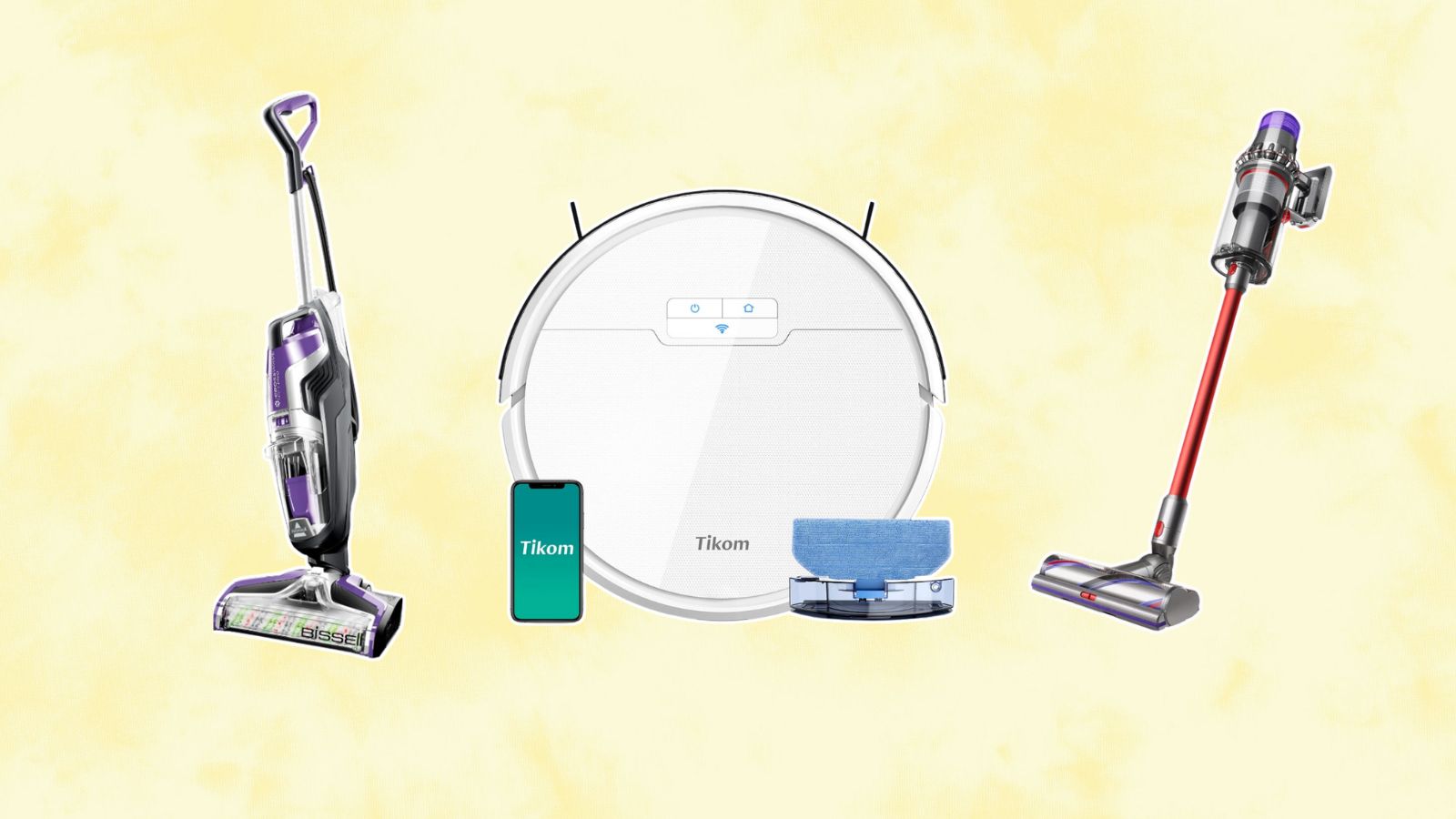 Amazon vacuum cleaners to nab during the retailer's Big Spring Sale — save up to 60% off our go-to small-space finds
Amazon vacuum cleaners to nab during the retailer's Big Spring Sale — save up to 60% off our go-to small-space findsChecking out the savings on Amazon? Vacuum cleaners are a must-buy during their first Big Spring Sale — here are our favorites up to 60% off
By Danielle Valente
-
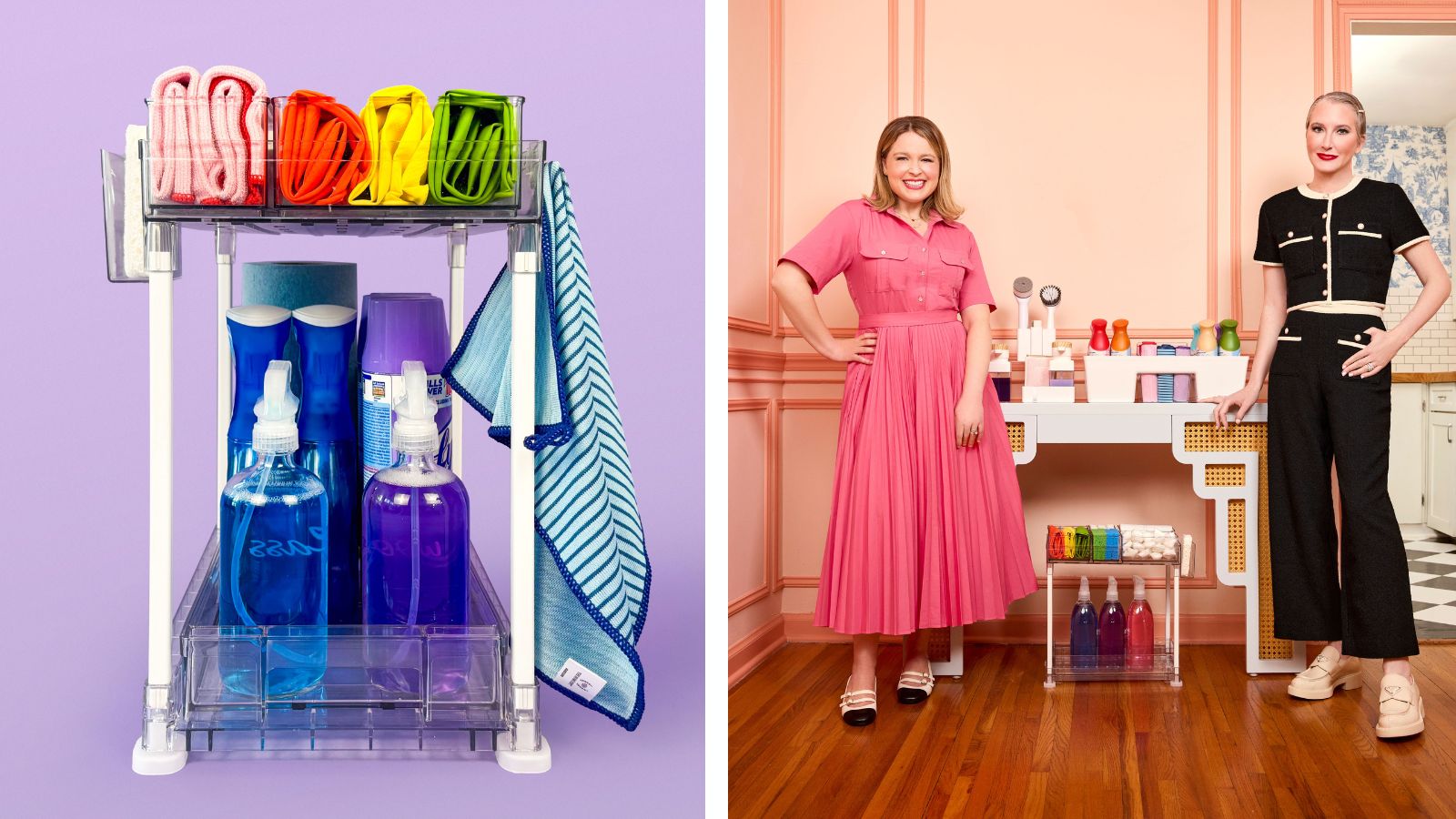 The Home Edit Walmart cleaning collection has just debuted with finds from $3
The Home Edit Walmart cleaning collection has just debuted with finds from $3Spring cleaning, anyone? The Home Edit Walmart cleaning collection has hit shelves with picks from $3
By Danielle Valente
-
 How to clean carpet on stairs — 3 simple steps to a spruced up staircase
How to clean carpet on stairs — 3 simple steps to a spruced up staircaseWant to know how to clean carpet on stairs? Our experts explain the simple steps to a sparkling stairway without too much elbow grease
By Andy van Terheyden
-
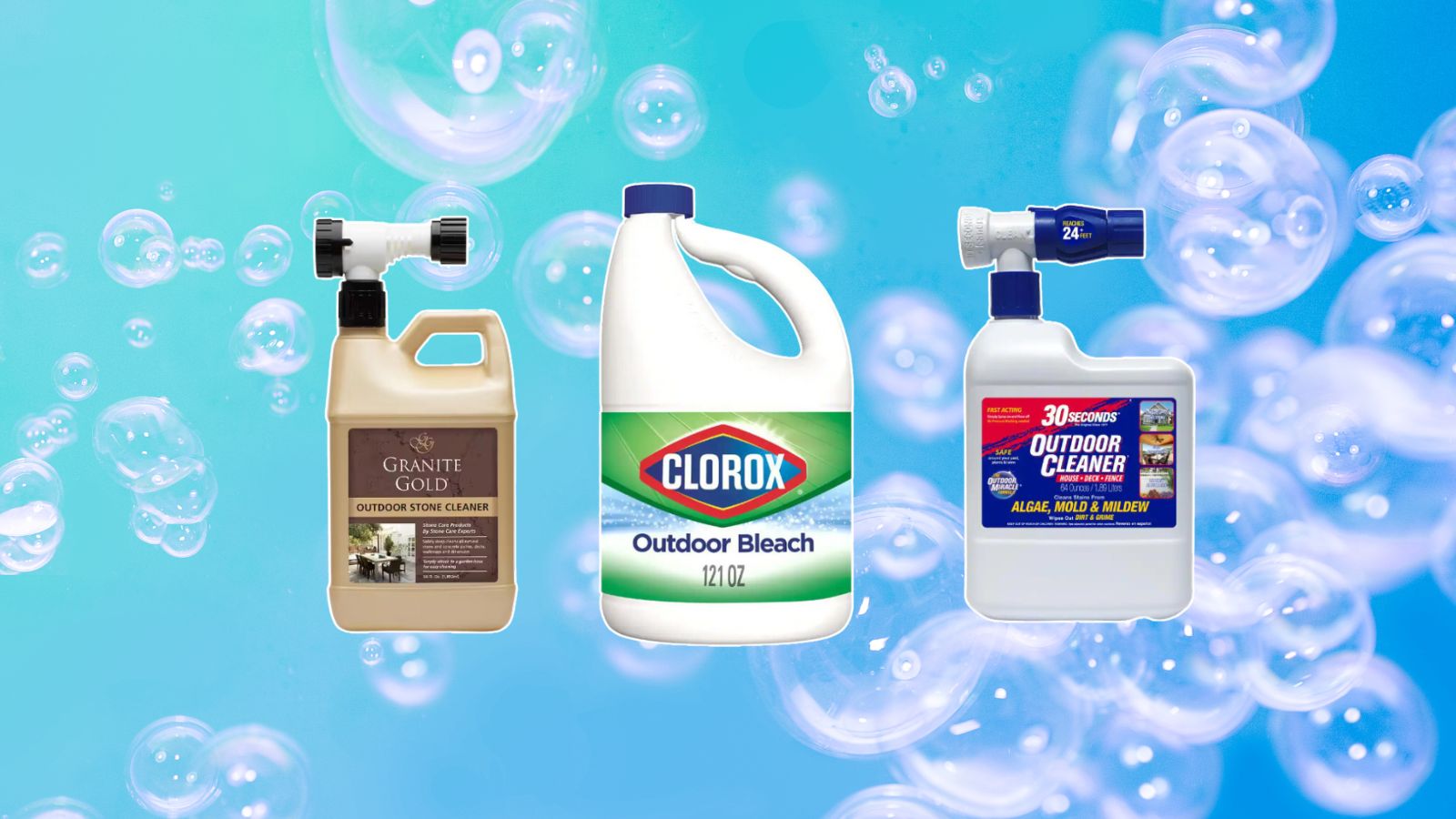 The Home Depot backyard and patio cleaning supplies we're stocking up on before spring
The Home Depot backyard and patio cleaning supplies we're stocking up on before springDon't forget the outdoors when spring cleaning — The Home Depot backyard and patio cleaning buys from $11 will assist with tidying up
By Danielle Valente
-
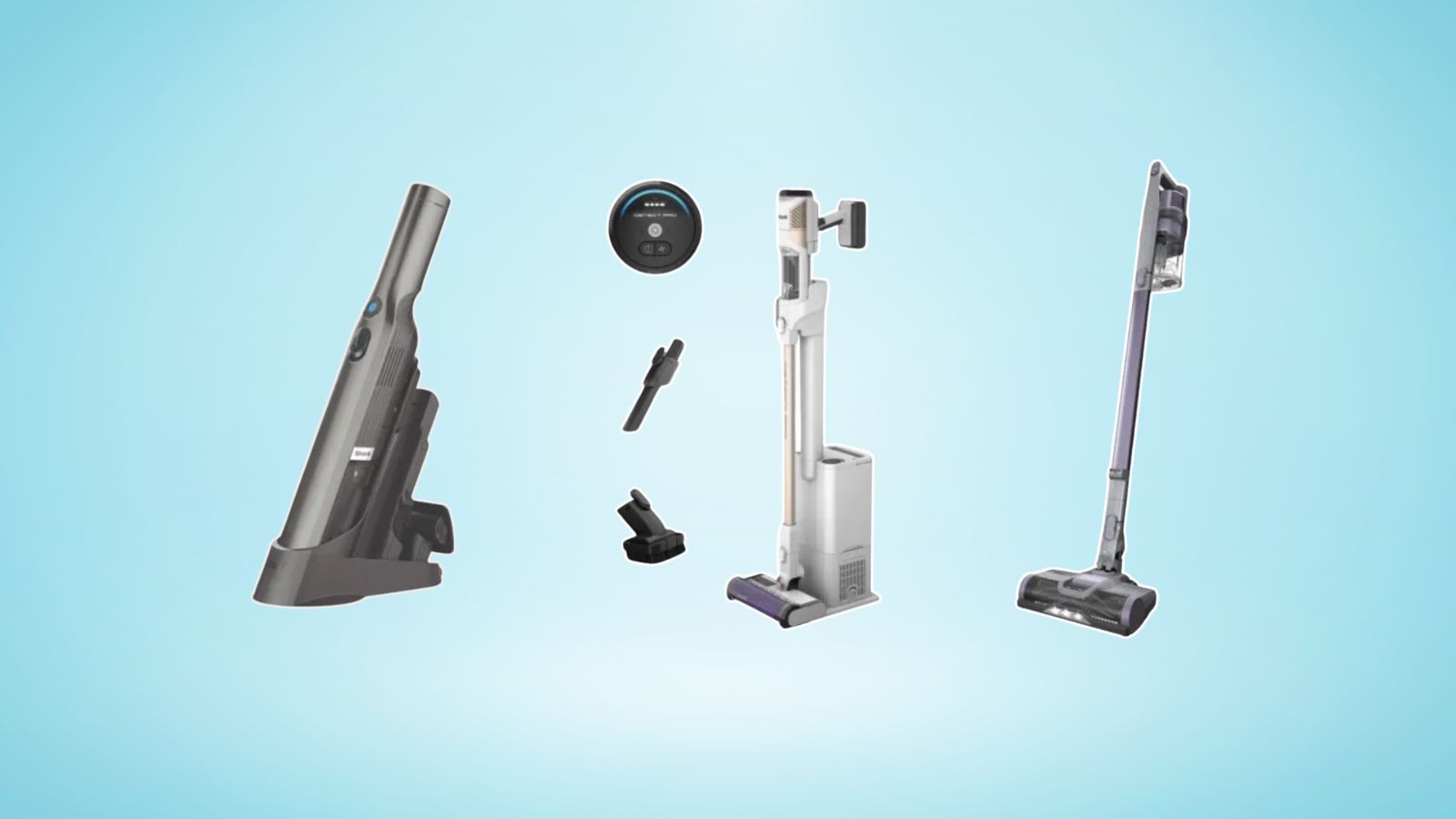 The Shark Detect Pro vacuum and other models are on sale for St Patrick's Day — perfect picks for your spring clean
The Shark Detect Pro vacuum and other models are on sale for St Patrick's Day — perfect picks for your spring cleanWhether you're eyeing the Shark Detect Pro Vacuum or Shark Pet Cordless Stick Vacuum, shop the St. Patty's Day sale for a discount on the best vacuums on shelves
By Danielle Valente